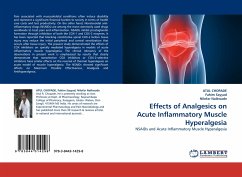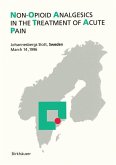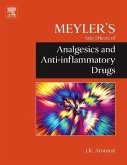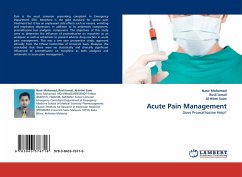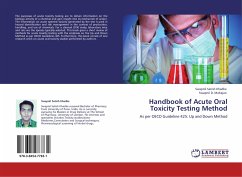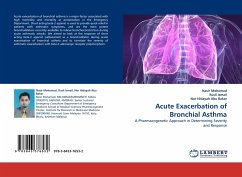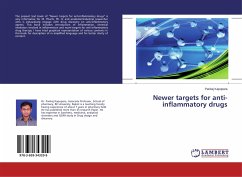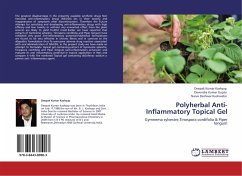Pain associated with muscoskeletal conditions often induce disability and represent a significant financial burden to society in terms of health care costs and lost productivity. On the other hand, Nonsteroidal anti-inflammatory drugs (NSAIDs) are among the most commonly used drugs worldwide to treat pain and inflammation. NSAIDs inhibit prostaglandin formation through inhibition of both the COX-1 and COX-2 enzymes. It has been reported that blocking constitutive spinal COX-2 before tissue injury may reduce the initial peripheral and central sensitization that occurs after tissue injury. The present study demonstrated the effects of COX inhibitors on spinally mediated hyperalgesia in models of acute inflammatory muscle hyperalgesia. The clinical relevancy of the observations in present work is emphasized by results that clearly demonstrate that nonselective COX inhibitors or COX-2-selective inhibitors have similar effects on the reversal of thermal hyperalgesia on acute model of muscle hyperalgesia. The NSAIDs showed significant effects on Maximum Possible Effectiveness, Analgesia and Antihyperalgesia.
Bitte wählen Sie Ihr Anliegen aus.
Rechnungen
Retourenschein anfordern
Bestellstatus
Storno

